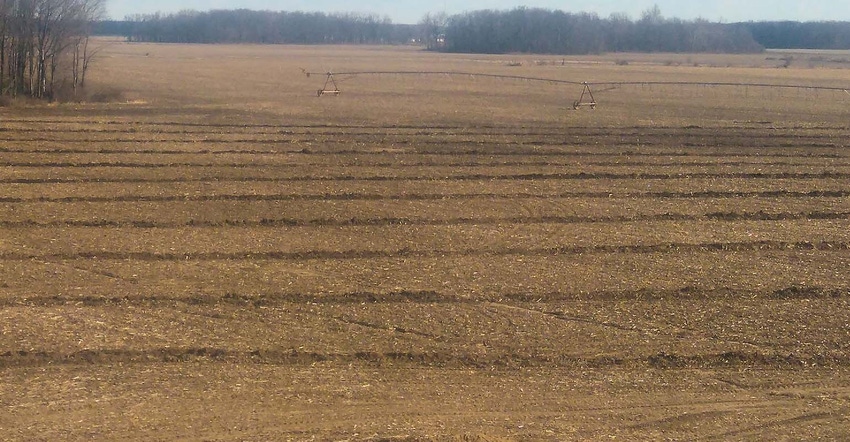March 3, 2017

It’s a good thing we got outside and did drainage work and tile repair last week. We sure didn’t get much done outside this week.
No matter what, there is never a good time to put in drainage tile. The field conditions are poor, or there are crops growing in fields. Occasionally, you can attempt to schedule around those issues but since we don’t have wheat in our rotation, summer work isn’t normally an option.
Last year we had some prevented plant acres. But just before we were able to work there, an 11-inch rain came across that farm, ending hope of doing that work. Bottom line is you gotta work when it’s fit.
Seed planning
We are going through what I hope to be our last iteration on seed plans. At least one of the seed companies is ready to go with their 2017 soybean plan. This is allowing us to solidify our orders. We are quickly approaching the ‘you snooze, you lose’ time. It’s now March, there is no reason seed companies shouldn’t have a plan in place for this year.
With pre-orders, seed treatments, and working with multiple companies, we don’t have the luxury of waiting until the fields are ready to get seed assignments. If the other companies don’t have plans in place next week we will move forward without them.
Corn plans have been thrown into dis-array. We’re having problems getting two of our main hybrids. One company has had problems meeting non-gmo purity specs on 2016 production seed. When they go to pull from 2015 production, the germination has faltered.
Another company says they haven’t run our hybrid yet. However, I’m wondering if it will actually show up at all. These two hybrids account for about a fourth of our acres.
Sure, there are other hybrids out there, but we chose those two for a reason. It becomes even more difficult to switch hybrids and keep our maturity distributions in check.
We try to strike a balance of having a certain percentage of acres in different maturity ranges. This improves harvest flow and also reduces weather risk.
The opinions of the author are not necessarily those of Farm Futures or Penton Agriculture.
About the Author(s)
You May Also Like






